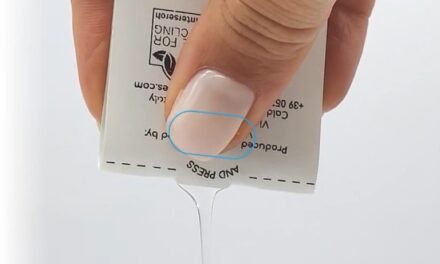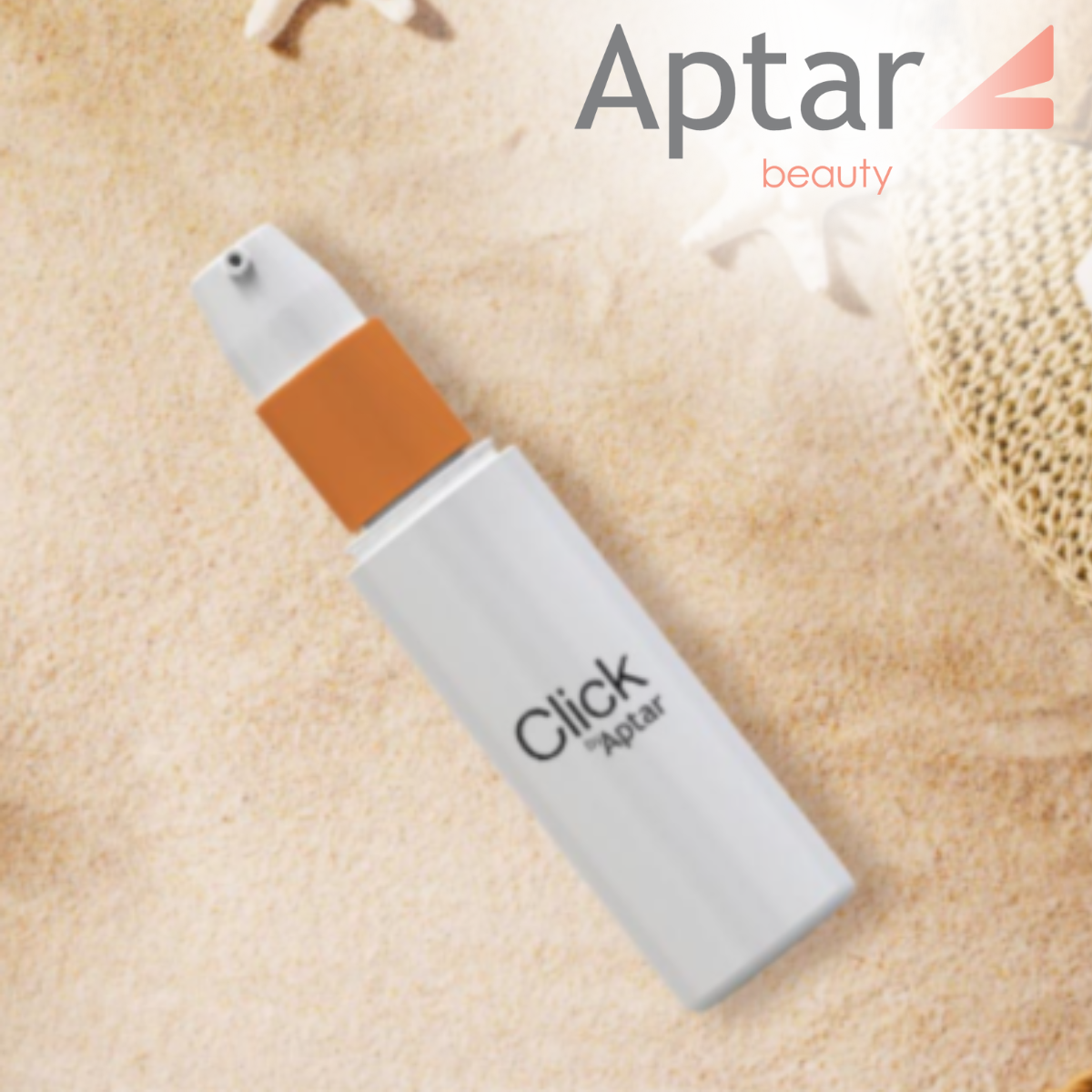Exploring Nanotechology – Opportunities & Challenges
Image used for illustrative purposes only
Nanotechnology, a cutting-edge field of science, has revolutionized numerous industries, and the cosmetics and personal care industry is no exception. This article by Sheela Iyer delves into the remarkable intersection of nanotechnology and cosmetic science, shedding light on its potential to redefine traditional formulations and pave the way for next-generation solutions.
By manipulating materials at the nanoscale, scientists and innovators have unlocked new possibilities for enhancing the efficacy, texture, and absorption of cosmetic formulations. From achieving deeper skin penetration to prolonging the wear of products, the power of nanotechnology is transforming how we perceive beauty and skincare. Nanotechnology has emerged as a transformative force in the cosmetics industry. By harnessing the power of nanomaterials—tiny particles measuring between 1 and 100 nanometers—cosmetic formulations have achieved unprecedented levels of efficiency, aesthetics, and functionality.
According to a 2025 review, the global nanotechnology market in cosmetics is projected to grow at a compound annual growth rate (CAGR) of 11.5%, reaching $15 billion by 2030. Recent studies highlight the versatility of nanotechnology in cosmetics. For instance, a 2023 review emphasized the role of solid lipid nanoparticles (SLNs) and nanostructured lipid carriers (NLCs) in improving the stability and bioavailability of active ingredients. Additionally, patents for nano-based anti-aging creams and hair care solutions have surged by 25% in the last five years, reflecting the rapid advancements in this field.
Nanomaterials have brought remarkable advancements to product performance and delivery. Liposomes, for example, are used to encapsulate potent ingredients like retinol, vitamins, and peptides, ensuring they penetrate deep into the skin for enhanced efficacy. Nanoemulsions improve sunscreen formulations, allowing active ingredients like zinc oxide and titanium dioxide to provide broad-spectrum UV protection without leaving a telltale white cast. Products such as nanosilver-based facial cleansers efficiently combat acne-causing bacteria, while luxury creams infused with nanogold promise anti-aging benefits with a touch of opulence. Nanomaterials like fullerenes, revered for their potent antioxidant properties, protect skin from environmental stressors, keeping it youthful and radiant.
While the opportunities are attractive, incorporating nanotechnology is not without its challenges. The safety of nanomaterials is an ongoing concern, with their tiny size raising questions about long-term effects on health and the environment. A 2023 scoping review revealed that nanoparticles such as zinc oxide and titanium dioxide could induce oxidative stress and DNA damage in certain biological models. Regulatory inconsistencies across regions further complicate their adoption. For example, while the European Union has stringent guidelines for nanomaterials in cosmetics, other regions lack comprehensive frameworks. Additionally, ensuring the stability of nanomaterials and addressing their environmental impact requires innovative solutions and sustainable practices.
Despite these challenges, nanotechnology embodies the spirit of scientific innovation—balancing risk and reward to redefine the possibilities for beauty and skincare. As researchers, manufacturers, and regulators collaborate to address these hurdles, nanotechnology is set to lead the cosmetics industry into an era of cutting-edge, responsible, and sustainable innovation.

Author : Sheela Iyer
sheela@cosmetech.co.in
Sheela Iyer is an observer of the Indian Cosmetics & personal care industry and the editor of ‘Cosmetech’. She regularly video interviews industry experts on Cosmetech TV and has her fortnightly podcast ‘Cosmetics Today’
Subscribe to our free newsletter to read the latest news and articles before they are published.












Subscribe To Our Newsletter
Join our mailing list to receive the latest news and updates from The Cosmetics industry
You have Successfully Subscribed!